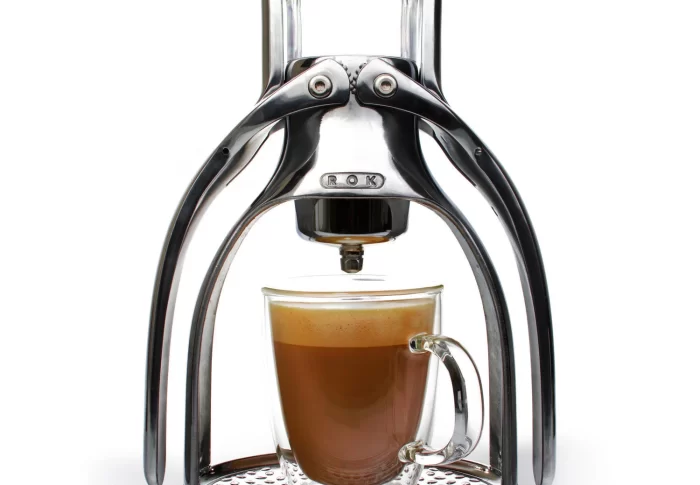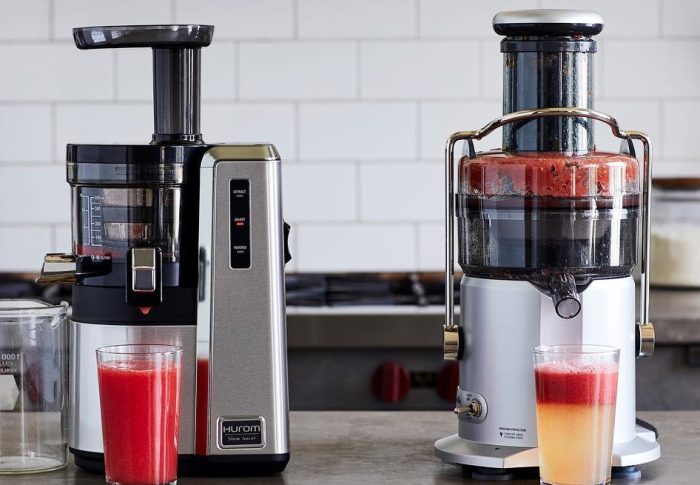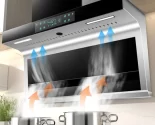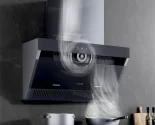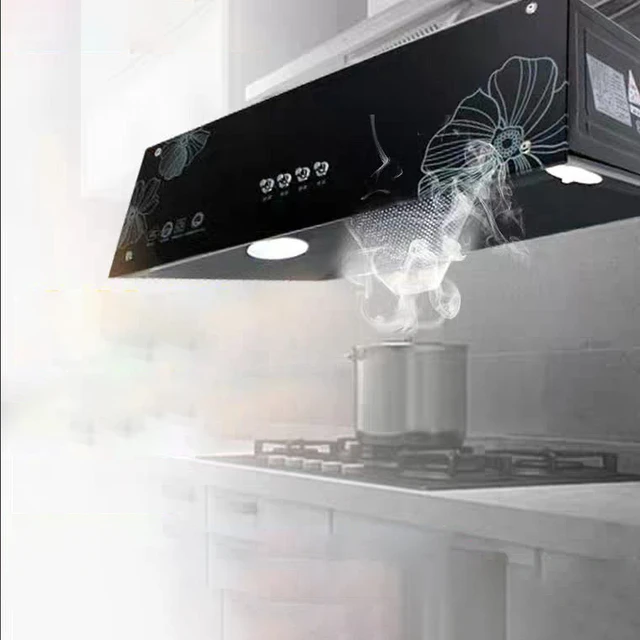
Can a range hood be vented through the wall?
Introduction
A range hood is a crucial component in a well-functioning kitchen, as it helps remove smoke, odors, and airborne contaminants generated during cooking. One common question that arises during range hood installations is whether it can be vented through the wall. In this guide, we will explore the possibility of venting a range hood through the wall, providing specific information on the feasibility, advantages, and considerations associated with this installation method.
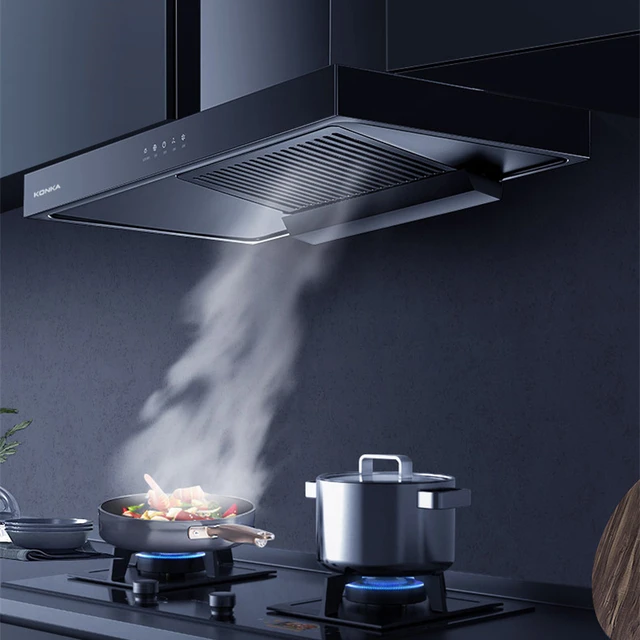
Can a range hood be vented through the wall?
Venting Through the Wall: A Viable Option
1.1. Wall-Mounted Range Hoods
Wall-mounted range hoods are designed to be installed against an exterior wall, making venting through the wall a natural choice. These hoods typically require the use of vent pipes or ductwork to redirect the extracted air and pollutants from the kitchen to the outside.
1.2. Suitable for Kitchens with Exterior Walls
Venting through the wall is a particularly suitable option for kitchens with exterior walls, as it allows for a direct path to the outside. The installation process involves creating a hole in the wall and routing the venting system through this opening.
1.3. Versatility in Kitchen Layouts
Venting through the wall offers versatility in kitchen layouts, as it allows for flexibility in positioning the range hood. This method does not require extensive ductwork or modifications to cabinetry, making it easier to adapt to different kitchen configurations.
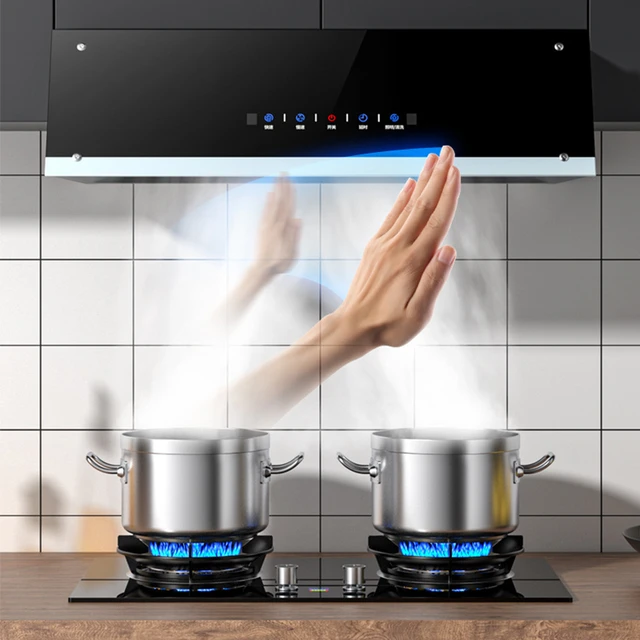
Advantages of Venting Through the Wall
2.1. Efficient Smoke and Odor Removal
Venting through the wall offers effective smoke and odor removal capabilities. By connecting the range hood directly to an exterior wall, the extracted air is efficiently and directly expelled outside, preventing it from circulating and lingering in the kitchen.
2.2. Shorter Duct Runs
Venting through the wall typically involves shorter duct runs compared to alternative methods. This can result in improved airflow efficiency, as shorter distances help reduce resistance and promote better extraction performance.
2.3. Space-Saving Option
Venting through the wall is a space-saving option, as it does not require the installation of extensive ductwork throughout the kitchen or above cabinetry. This can be especially beneficial in kitchens with limited space or lower ceilings.
2.4. Cost-Effective Solution
Compared to alternative venting options, such as venting through the roof or the ceiling, venting through the wall can be a cost-effective solution. It typically involves simpler installation processes and requires fewer materials, reducing both labor and material costs.
Considerations for Venting Through the Wall
3.1. Wall Thickness and Construction
When considering venting through the wall, it is essential to evaluate the wall’s construction and thickness. Some walls may have additional layers, insulation, or structural components that need to be taken into account during the installation process. Consult with a professional or contractor to assess the feasibility of venting through your specific wall.
3.2. Clearance from Combustible Materials
Proper clearance from combustible materials, such as insulation, cabinets, or wall linings, is crucial when venting through the wall. It is essential to adhere to safety guidelines and local building codes to ensure that the venting system does not pose a fire hazard or generate excessive heat that may damage surrounding materials.
3.3. Exterior Considerations
When venting through the wall, consider the external factors, such as exterior materials and potential obstructions on the outside of the wall, that may affect the venting system’s functionality. Evaluate wall finishes, bushes, windows, or other obstacles that may impede the airflow and choose an appropriate venting location to minimize any potential issues.
3.4. Maintenance and Cleaning Access
Ensure that the venting system is easily accessible for cleaning and maintenance. Regular cleaning of the range hood, vent pipes, and exterior wall cap is essential for optimal performance. Consider the location of the vent hood and exterior components to ensure ease of access for routine maintenance tasks.
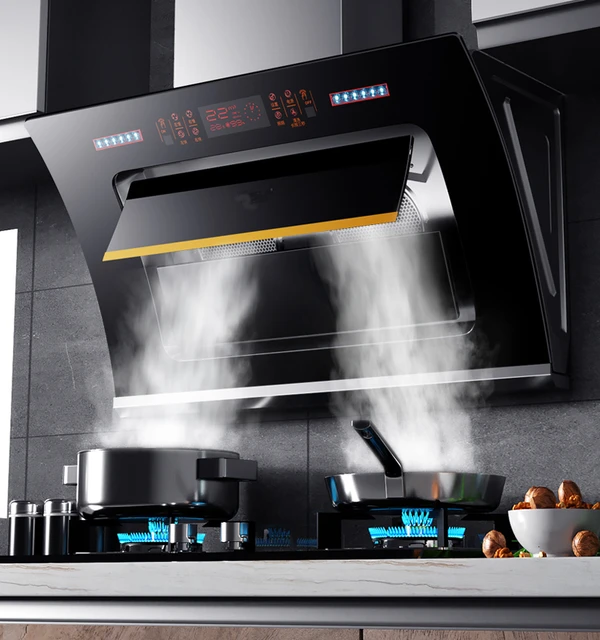
Professional Installation and Consultation
4.1. Seek Professional Advice
When considering venting through the wall, it is recommended to consult with professionals or experienced installers. They can assess your kitchen layout, the wall construction, and any potential challenges or considerations specific to your circumstances. Professionals can offer expert guidance and ensure compliance with local building codes and regulations.
4.2. Professional Installation
A properly installed venting system is crucial for efficient and safe operation. Hiring a professional installer can help ensure that the range hood is adequately positioned, the venting route is correctly established, and any necessary wall modifications are made with precision.
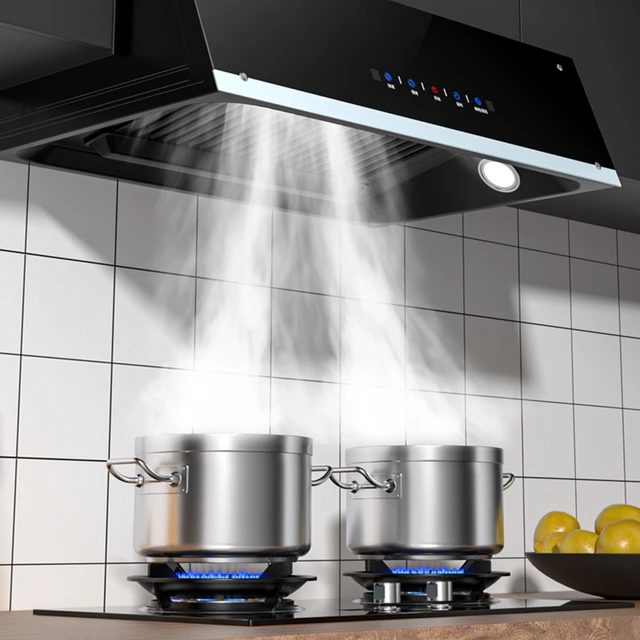
Alternative Venting Options
5.1. Roof Venting
In cases where venting through the wall is not feasible or desired, roof venting may be an alternative option. Roof venting involves routing the vent pipe through the ceiling and out through the roof. This method is commonly used when the kitchen layout does not have exterior walls suitable for venting.
5.2. Recirculating Vent Hoods
Recirculating vent hoods provide an alternative to venting through the wall or roof. They do not require ductwork and instead utilize filters to capture and purify the cooking fumes before recirculating the filtered air back into the kitchen. While they may not be as effective as vented hoods, they can still help improve air quality in the kitchen.
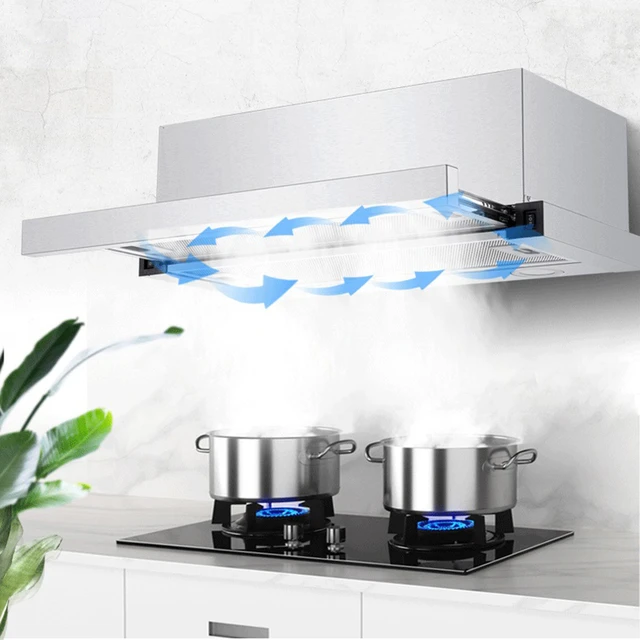
Conclusion
Venting a range hood through the wall is a viable option for kitchens with exterior walls, offering efficient smoke and odor removal, shorter duct runs, and space-saving benefits. Considerations such as wall thickness, clearance from combustible materials, exterior factors, and maintenance access are crucial when planning for a wall venting installation. Seeking professional advice and hiring a professional installer can ensure proper installation and compliance with safety regulations. If venting through the wall is not feasible, alternative options such as roof venting or recirculating vent hoods can be considered. By carefully evaluating the available options and considering the specific requirements of your kitchen, you can choose the most suitable venting solution for optimal performance, safety, and clean air in your kitchen.
Ultimately, selecting the appropriate venting option depends on the unique characteristics of your kitchen, including its layout, design, and accessibility. By carefully evaluating the available options and considering the specific requirements and limitations of your kitchen, you can make an informed decision and achieve optimal ventilation and air quality in your cooking space.



